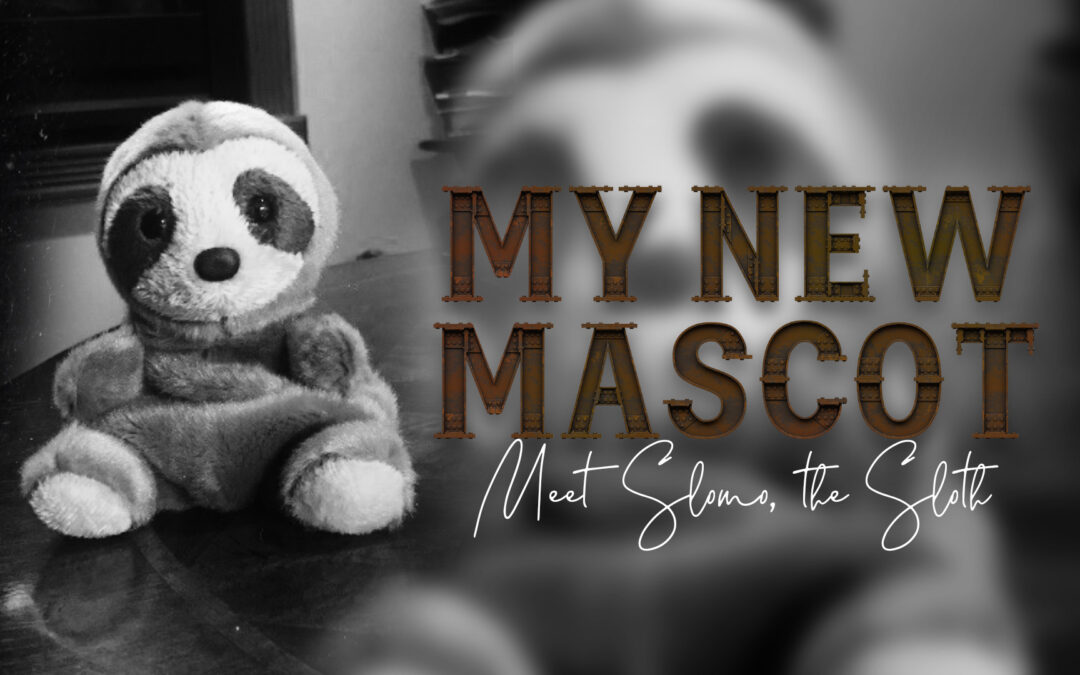I admit it, I’m a workaholic. Long ago I had a boss ask me what my hobbies were. I told him – my work is my hobby. He said, “No, really what’s your favorite hobby?” I said, “No, really, it’s my work.” I’m one of the fortunate ones who was able to hone my work in the direction of my pull. I spoke of the “pull” in my last blog post #11 – “The Power of the Pull.” The pull is that force, that power, that tug at your heart that leads to Creating a Life You Love. And once you can figure that out, even in a vague way, you automatically start honing your work in the direction of that pull. At first maybe just a little, then a little more, until most of your work, and the rest of your life is focused on doing what you love. The secret as revealed in my previous post is to realize it’s not the “job” that you have that is the pull per se. It’s what you get to do in your job. The job is only the vehicle by which you engage with people, or nature, or communities, or animals, or children, or beauty, or whatever lights you up in such a way that it makes your heart sing.
My pull centers around motivating and inspiring others to find their own pull. To “get” who they fully are. To begin to see their own distinctive magnificence – their unbridled spirit, in its full expression without reservation. Nothing makes my heart sing more than that! And because that’s what I have honed my work to be, regardless of whatever job I have, of course I’m a workaholic. I love my work. My work is my play—there’s not much distinction between the two for me.
However, during this past year when I was forced to slow down because of the isolation and restrictions imposed by COVID, I started to experience the joy of my work a little differently. I had more time to bask in the delight of every engagement before having to run off to “do” the next thing, or attend the next meeting, or get on the next airplane. This forced requirement to slow down meant that my schedule was no longer the ruling factor that determined how much time I could simply just hang out and enjoy my work and the people it put me in contact with. Even through Zoom, I found an intimacy in each engagement that wasn’t always there face-to-face because time wouldn’t allow me to experience it.
Once I was able to travel again, and my schedule started to pick up I did what I always do when I have a few minutes to spare between flights. I visited an airport bookstore and started browsing the non-fiction and business aisles. There a little blue paperback caught my eye with a curious title; “Do Nothing” by Celeste Headlee. My first thought was, why in the world would you ever want to do nothing? Sounds utterly unbearable! Does this author know how HARD it is for a workaholic to do nothing?? And yet, I was completely intrigued by the notion. But what really caught my eye was the image of a cute little sloth hanging upside down on a rope on the cover of the book. I couldn’t resist picking it up and as I flipped through the first few pages, to my surprise it turns out that Celeste Headlee is an admitted workaholic herself. Yet here she was writing about doing nothing. Hmmm—now I’m really intrigued, especially since experiencing this different kind of delight that my work was providing me during the COVID slow down. Of course, I bought the book. And like so many other books I buy, I highlighted about half of the text, and added notes in the margins to mark the “ah-hah” insights I was getting as I read. Bottomline, I realized that as much as I love the life I live, I was “doing” it far more than I was “living” it. In my boot camps I often talk about the distinction that Steven Pressfield makes in his book “The War of Art” between the life we live, and the unlived life within us. Celeste nailed a piece of that unlived life part for me by examining our society’s perceptions of idleness and doing nothing, often characterizing it as laziness. And society’s expectations of us to do more, be more, produce more, are only getting worse. Our 24/7 work pace is undermining our ability to connect that which lights us up, with the activities and tasks demanded by jobs that have no identified relationship to the people and things that matter to us. Or as Celeste Headlee suggests, “we are measuring our time in terms of efficiency instead of meaning.” As I read her fascinating book, it occurred to me that maybe, just maybe, doing nothing was a vital part of the work that mattered so much to me, and I was missing out on perhaps the most fulfilling part of it.
They say every cloud has a silver lining. My silver lining in the COVID cloud turned out to be an opportunity to experience an even deeper dimension of joy and fulfillment associated with my work. Today I have a new mascot that sits on my desk at home. His name is Slomo the Sloth and every couple hours or so I look over at the little guy. I grin, and then go take a 10-minute breather, relaxed, sitting in a comfortable chair with my hands behind my head and my feet up, away from my desk in another room or on my back porch, and experience the pure bliss of living a life I love while being a fully committed workaholic—doing nothing!


Recent Comments